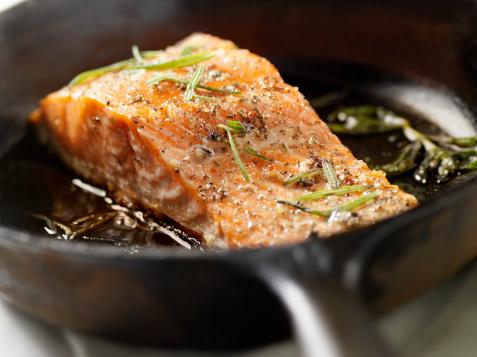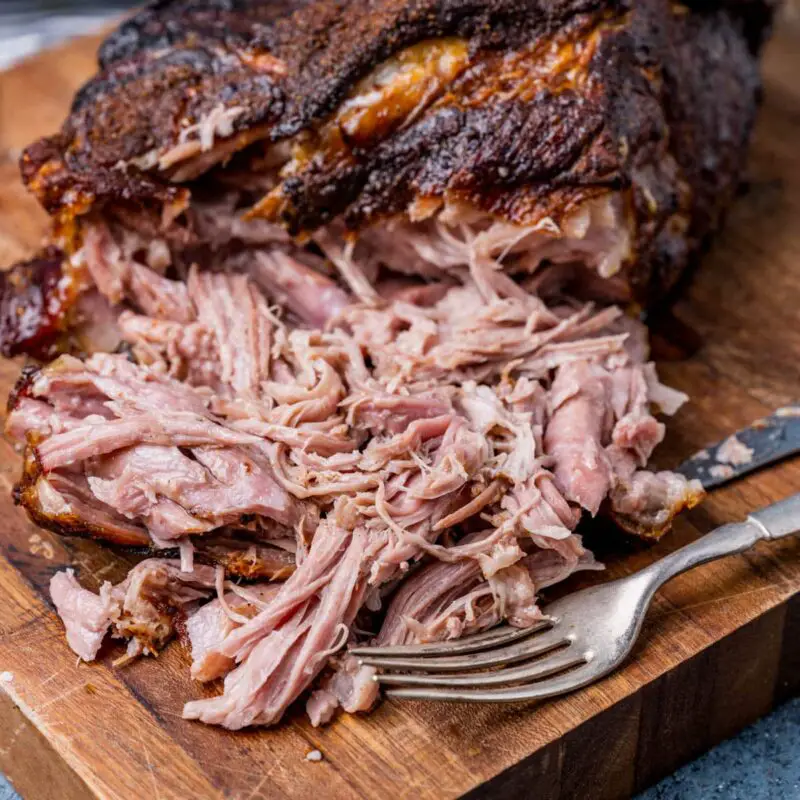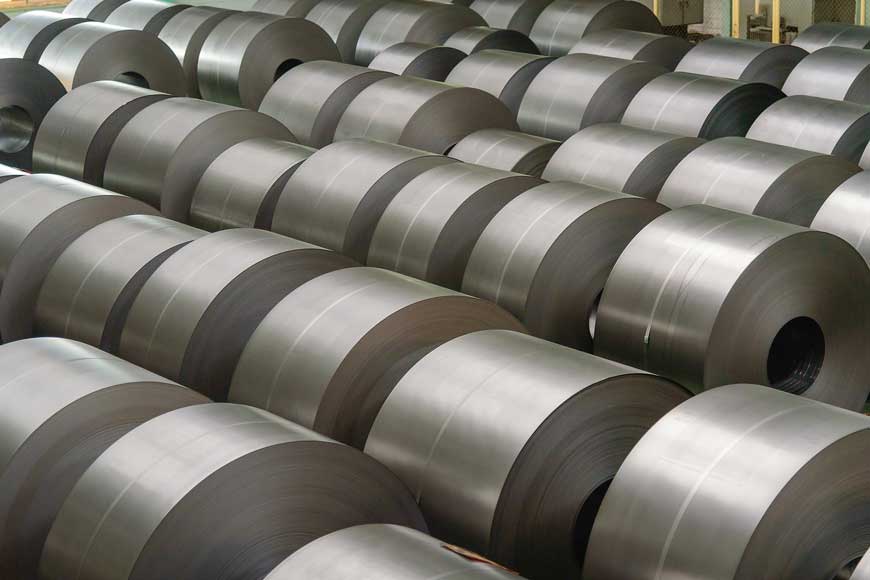Salmon is a favorite amongst seafood lovers. It’s nutritious and contains omega-3 fatty acids, which boost brain function and improves heart health. Before cooking thawed salmon, it is crucial to note the importance of safety standards and proper timing to avoid bacterial contamination. This article will discuss various defrosting methods for salmon, safety guidelines for cooking, and how to know when your salmon is safe to eat.
The Process of Defrosting Salmon
Defrosting salmon is a crucial step in ensuring that you prepare safe and delicious meals. There are three primary methods of defrosting salmon: refrigeration, microwaving, or cold water submergence.
- The Refrigeration Method: This is the slowest but safest method as it preserves the quality of the fish. It involves taking out the fish from the freezer and placing it into a fridge overnight or up to 24 hours before cooking.
- The Microwave Method: This method comes in handy when time is limited. Place your salmon in a microwave-safe vessel and set it in the microwave between ‘defrost’ and ‘power level one,’ making sure to follow the instructions on your appliance’s manual.
- The Cold Water Submergence Method: For quick defrosts in 30 minutes or less, place your frozen fish inside an airtight bag, cover with cold water, and change water every 30 minutes until fully thawed.
When defrosting salmon, it’s essential to consider its sensitivity to temperature changes. When handling frozen fish, make sure that its internal temperature does not enter the ‘danger zone,’ which ranges from 40°F – 140°F (5°C – 60°C). Exposure can quickly cause bacteria growth that may cause food poisoning.
Why Timing is Important
Timing is significant when it comes to defrosting salmon. Salmon spoils faster than other meats, and improper handling can lead to food poisoning. A general rule of thumb when defrosting is to immediately cook thawed fish to reduce the chances of bacterial contamination. Guidelines suggest that you should not eat defrosted fish that has been refrigerated for more than two days.
Refrigerated Salmon
After defrosting salmon through the refrigerator method, it is safe to cook within two days. You can tell if your salmon has gone bad if it smells fishy, has a slimy texture, or has discoloration.
On Countertop Method
Leaving salmon on your countertop to defrost at room temperature can spoil and accelerate bacterial growth. The optimal temperature range for bacterial growth is between 40°F – 140°F (5°C -60°C), referred to as the ‘Temperature Danger Zone’
You do not want your salmon entering this zone because bacteria growth can double in as little as 20 minutes. Never leave it out on a kitchen countertop overnight or throughout the day as you risk unsafe consumption.
Microwave Thawed Fish
Defrosting frozen salmon in a microwave should only be done if you’re preparing and cooking it immediately after. When microwaving, place the wrapped fish in a microwave-safe dish and use a lower setting so that you don’t overcook it. When finished defrosting, cook the fish right away at the right temperature before bacteria contaminates it.
Cold Water Submergence Method
The Cold Water submergence method is an easy way of quick-thawing fish and is safe for consumption if you follow proper precautions recommended:
- Place frozen salmon in an airtight plastic ziplock bag.
- Fully submerge the bag into cold water while making sure no air is left in it.
- Change the water every 30 minutes to ensure consistent temperature and rapid thawing.
It is necessary to note that you should not use hot water to thaw salmon. It will lead to uneven defrosting and exposure to dangerous temperatures.
Cooking Defrosted Salmon Properly
Cooking your salmon at the right temperature, level of doneness, and method can make all the difference in your dish’s texture, flavor, and safety. You can bake, broil, grill or pan-fry salmon depending on your taste preference.
The USDA recommends cooking fish at an internal temperature of 145°F (63°C). Cooking salmon at this temperature ensures it has reached a safe minimum internal temperature and kills off any bacteria that may have contaminated it.
Knowing When It’s Cooked Through and Safe To Eat After Defrosting
A fully cooked piece of salmon has a uniform color with opaque consistency throughout. Another way to know if your salmon is cooked through is by sticking a food thermometer into the fish’s thickest part, ensuring that it reaches 145°F (63°C).
You can also check if your fish is ready by looking out for these signs:
- The flesh should easily come apart with a fork
- The fish’s inner flesh should have no more redness or visible translucent portions.
Conclusion
In conclusion, defrosting salmon correctly is a crucial step in ensuring both safety and high quality of your meal. Always follow the recommended guidelines to prevent exposure to harmful temperatures, bacteria, and avoid food poisoning. Thawed fish can be refrigerated safely for two days or should be immediately used for cooking. Use a food thermometer to check that your salmon is done before serving, looking out for flaky flesh, uniform color, and no transparency. Enjoy your delicious, safe, and nutritious salmon meals!
Frequently Asked Questions
What is the recommended time for cooking defrosted salmon?
Salmon that has been properly defrosted should be cooked within 24 hours. This ensures that the fish is at its freshest state and reduces the risk of bacteria growth.
Is it safe to consume salmon that has been defrosted for more than a day?
It is not recommended to consume salmon that has been defrosted for more than 24 hours. The longer it stays in the defrosted state, the higher the possibility of bacterial contamination. It is best to err on the side of caution and discard it if unsure.
Can I refreeze defrosted salmon?
It is not ideal to refreeze salmon once it has been completely thawed as this can cause spoilage and damage to the fish’s texture and flavor. It is safer to cook and consume it within 24 hours of defrosting.
How can I tell when my salmon is fully cooked?
The easiest way to determine if your salmon is fully cooked is by using a kitchen thermometer. The internal temperature should reach 145°F (63°C) for proper food safety. Additionally, the flesh should turn opaque pink or white, and should easily flake off when you use a fork to test its texture.







